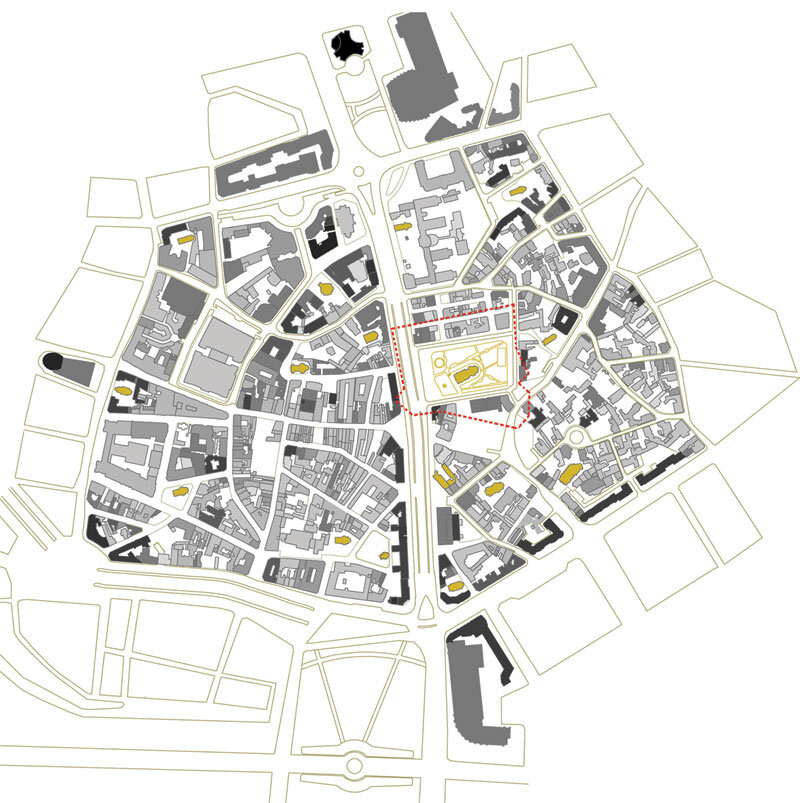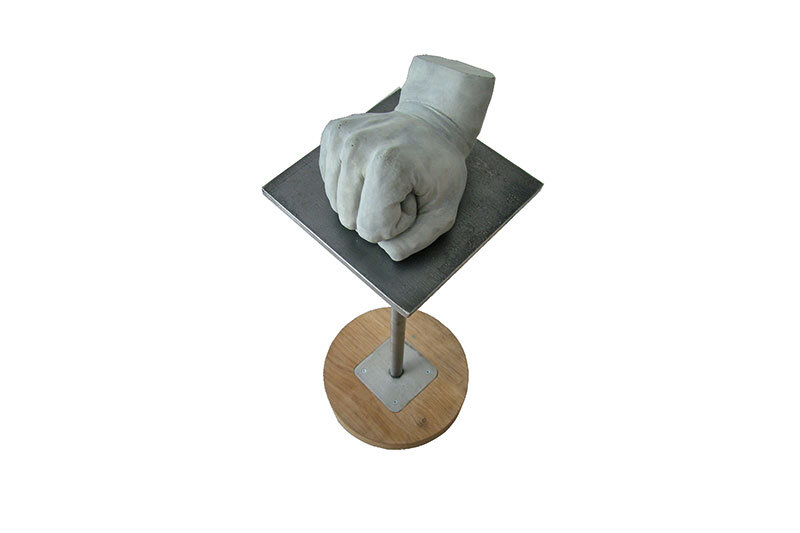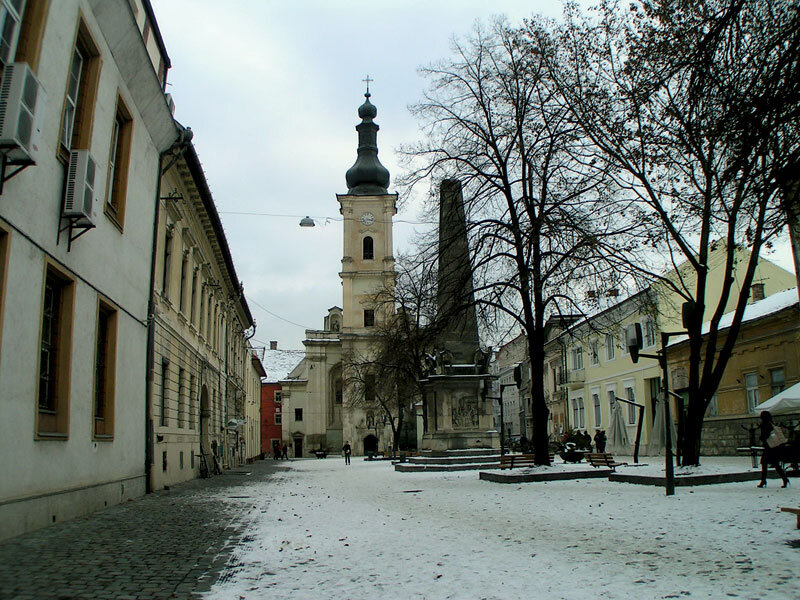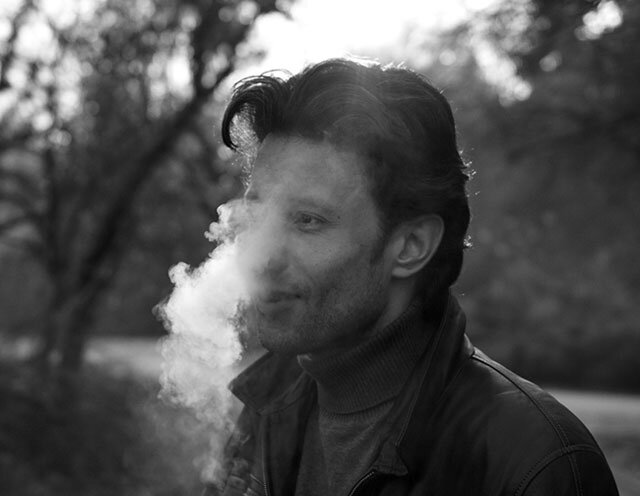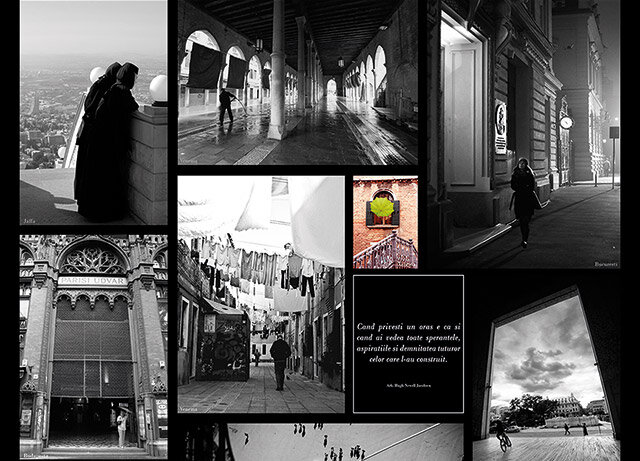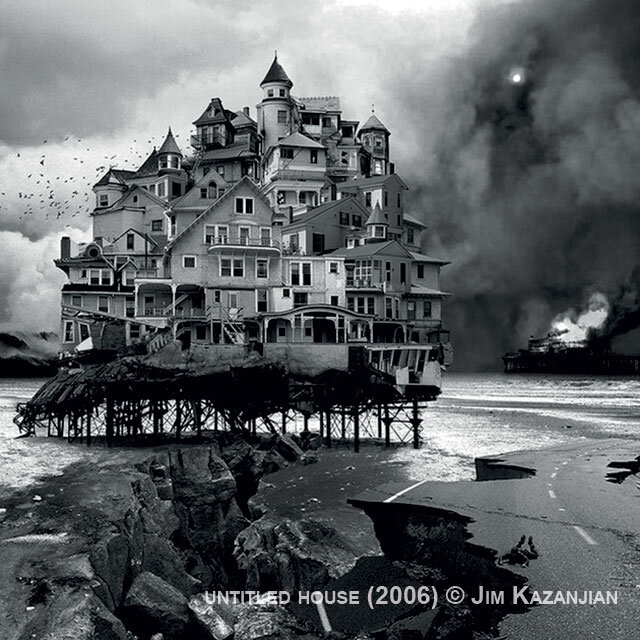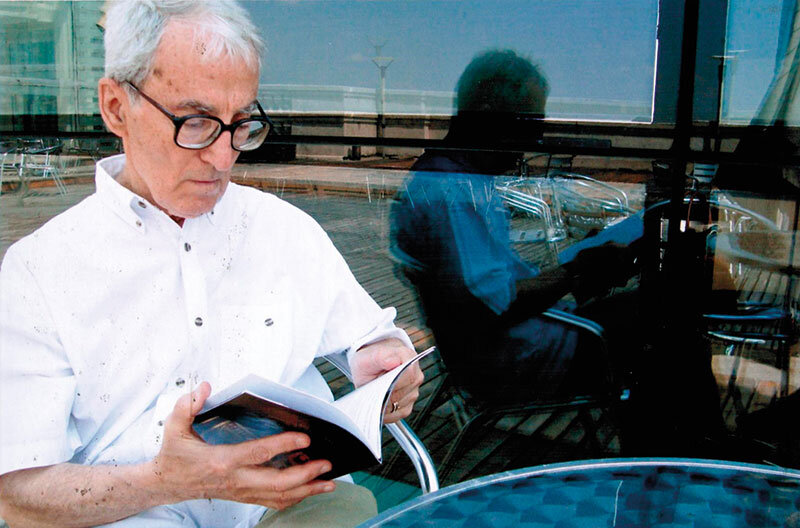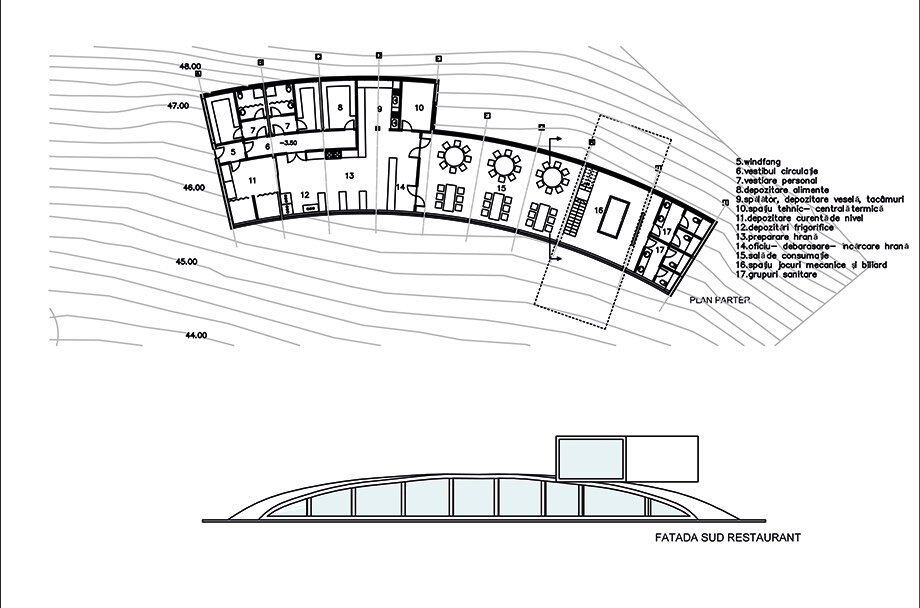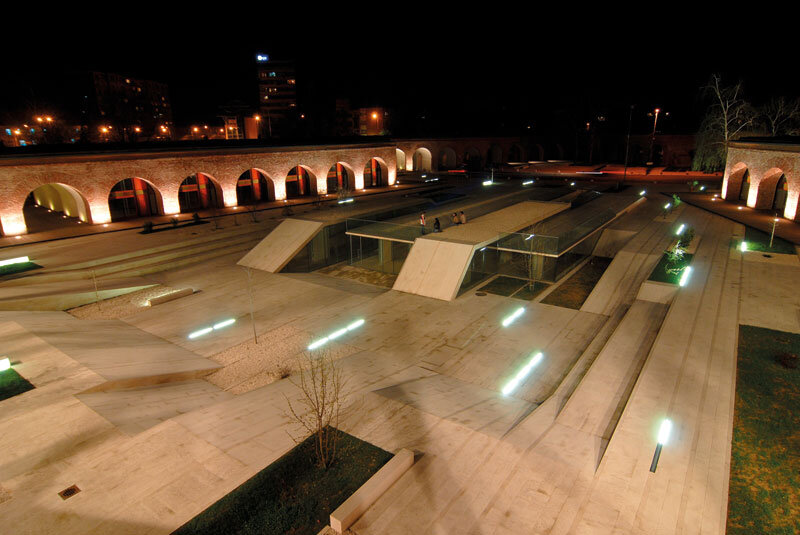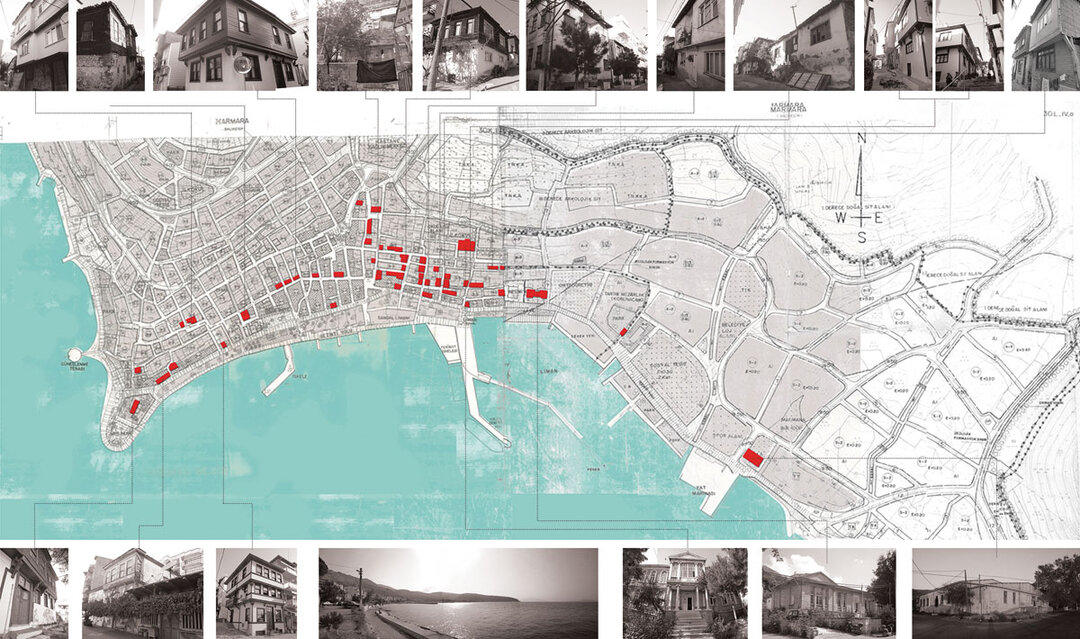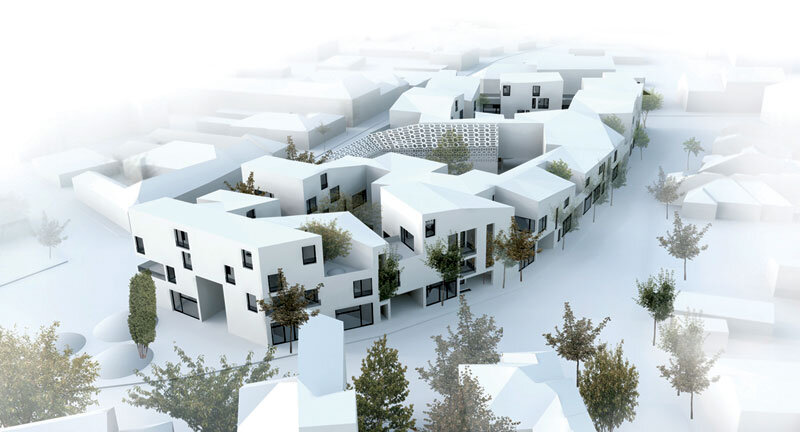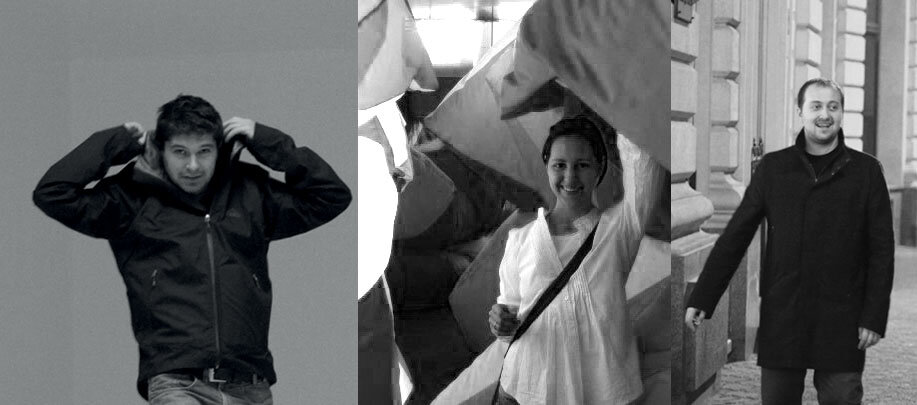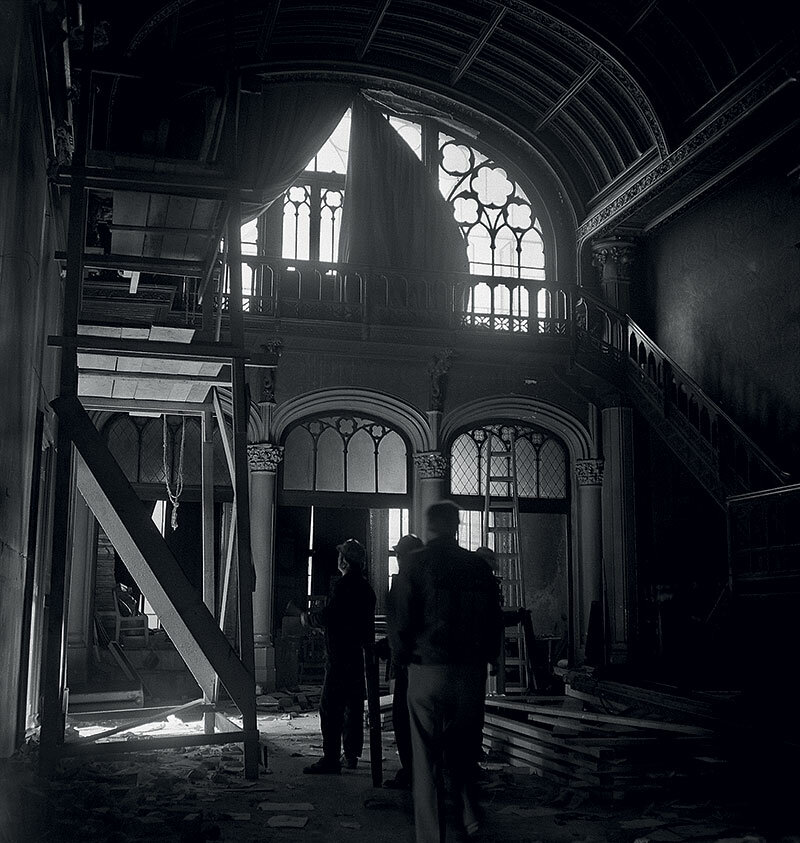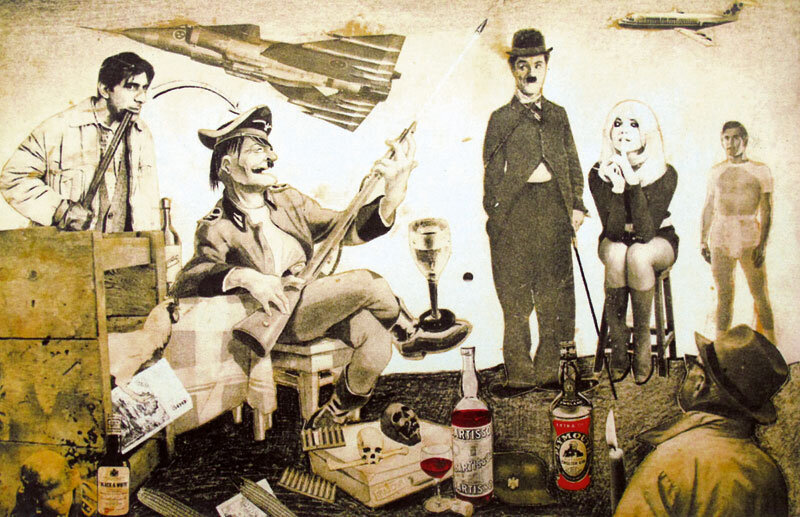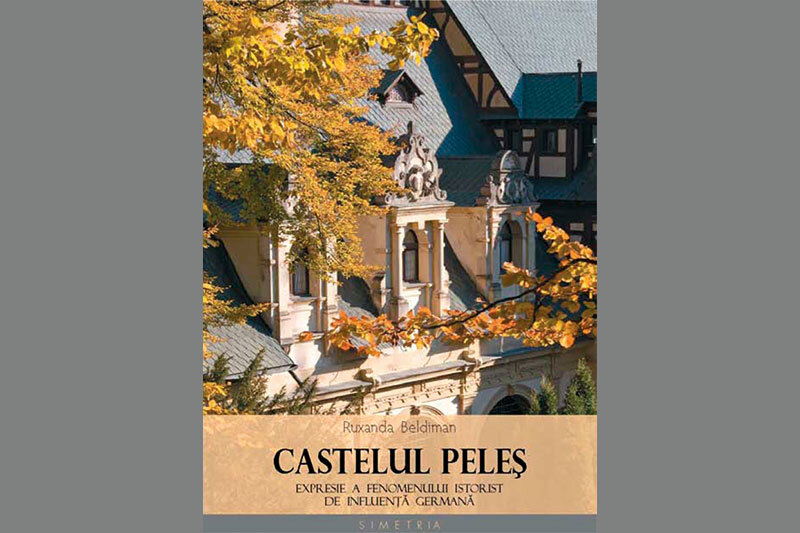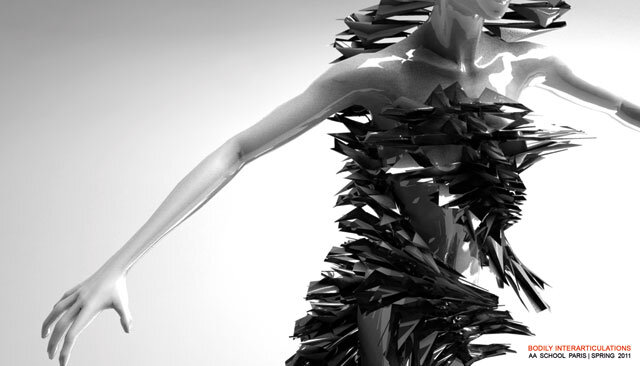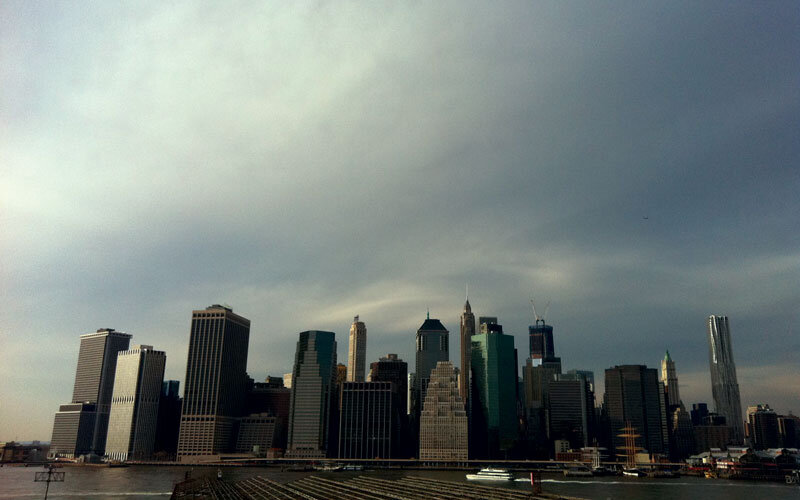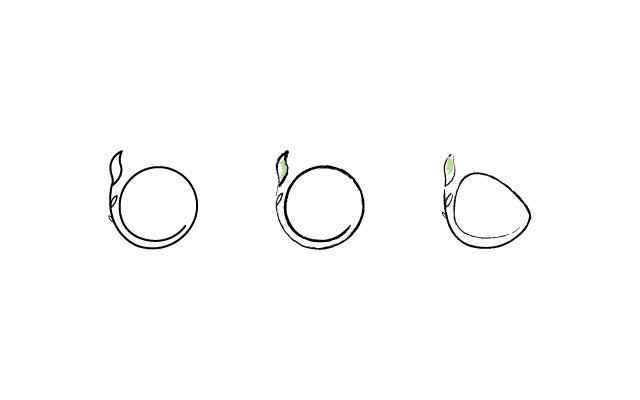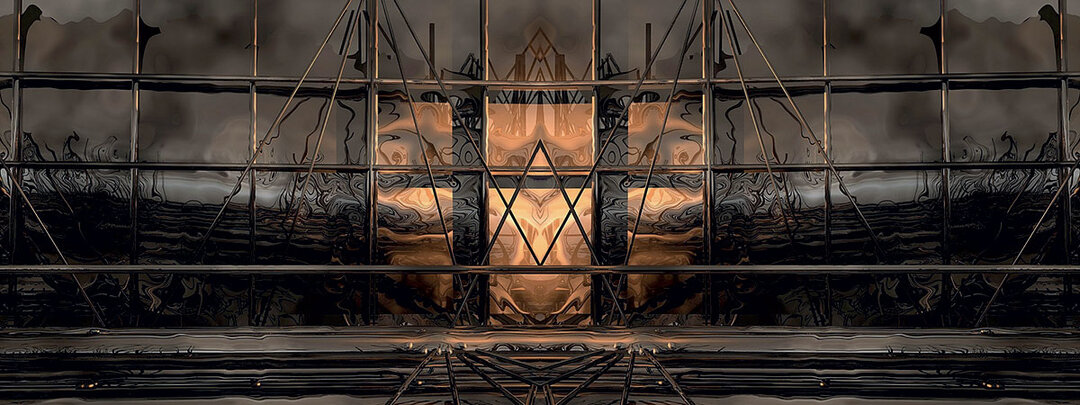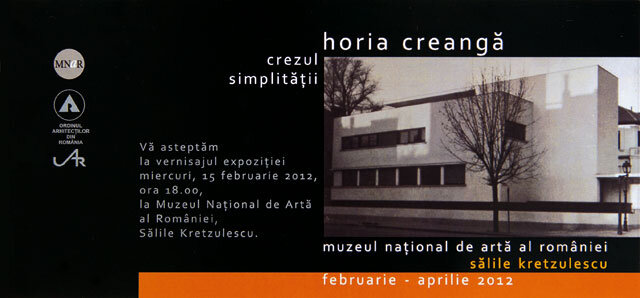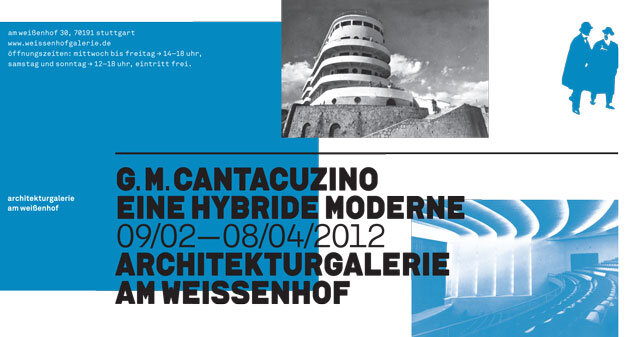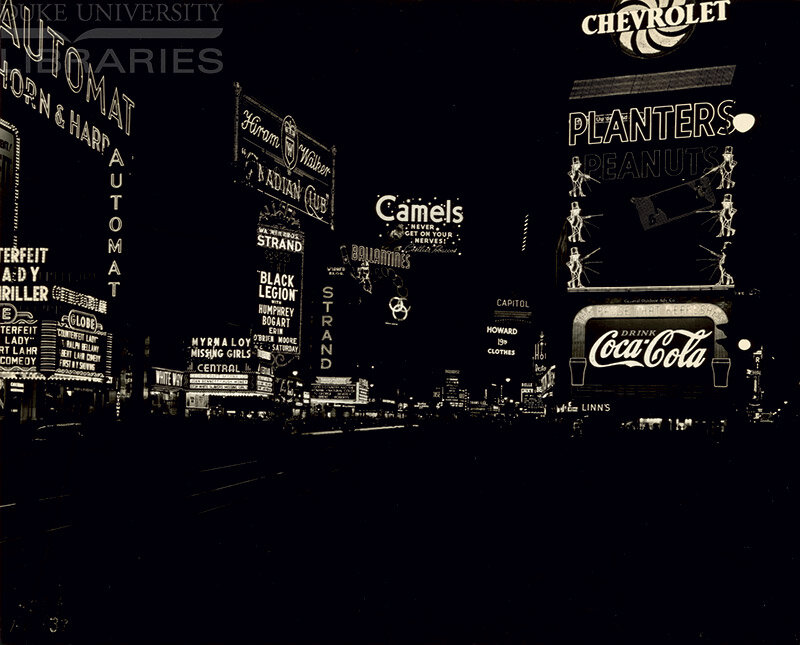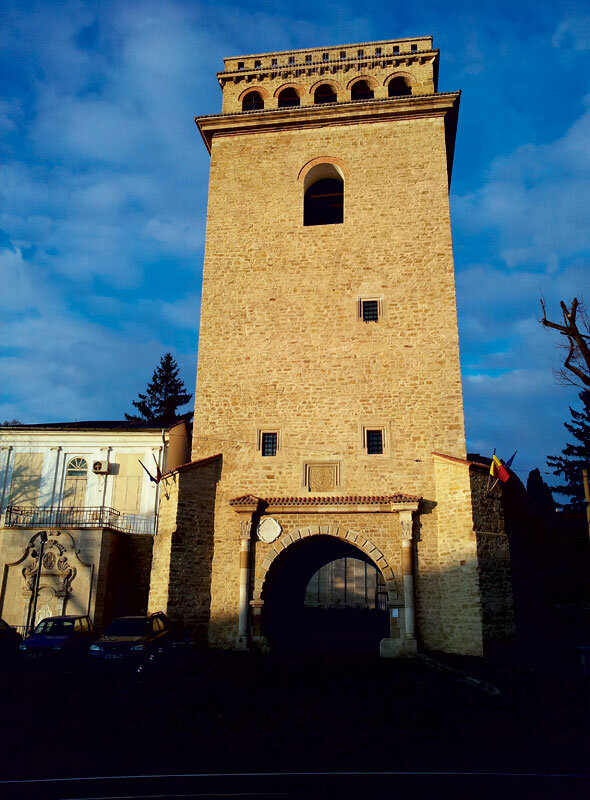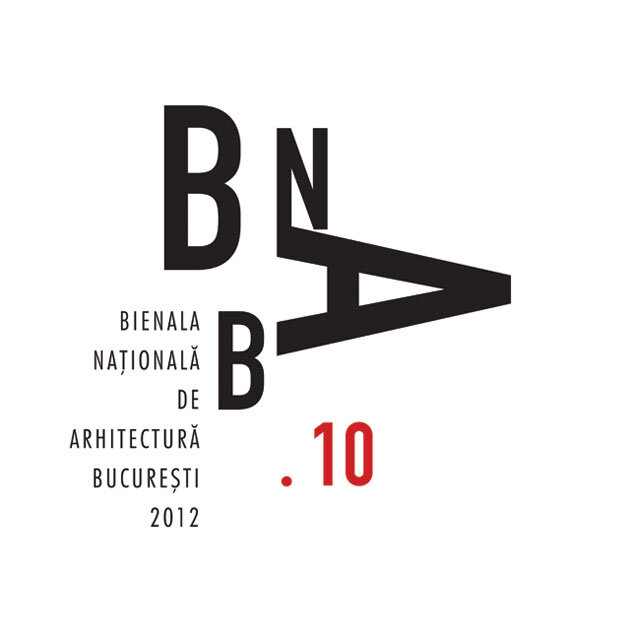
From abstract to concrete

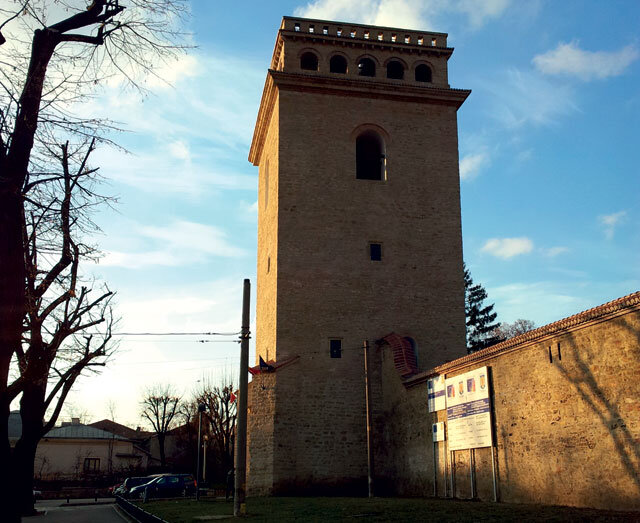
What is allegory? An artistic process of expressing an abstract idea through concrete means. Given the delicate balance between the artistic and practical sides of architecture, we can conclude that the architect has the most difficult task in finding harmony.
Throughout history, architecture has reacted slowest to paradigm shifts, but with the most stable results. Each time, however, the architectural trends that emerge faithfully convey the social realities of the time: from the palaces of the kings of antiquity, imposing in scale and monumentality, to Gothic cathedrals, emphasizing the insignificance of man before God and the weighty word of the Church in the Middle Ages, to the factories of the industrial age, symbol of efficiency and human effort dedicated to revolution on all levels: cultural, social, infrastructure and development. The 20th century, however, changes this placid rhythm and upsets the whole cognitive mechanism; everything speeds up. Kázmér Kovács says that, "in the case of landscape as a figurative existential 'horizon', the sovereign dominance of the visual in post-industrial culture no longer needs to be demonstrated. Extreme examples of the manifestation of this trend abound, from Bill Gates' experimental home, where huge high-resolution screens connected to super-power computers capable of searching huge image databases can display any landscape or work of art at any time, to Patrick Blanc's 'vertical garden' on one of the facades of the new Branly Museum in Paris"1. The list of examples could go on; but the basic point is that in a paradigm as volatile as postmodernism, it is increasingly difficult for the architect to achieve the aforementioned fragile balance.
Postmodernism is perhaps the current in which allegory expresses itself most freely, with an infinite palette of possibilities and directions, mediums of expression and a society ready to accept them. If in the Middle Ages thinkers were burned at the stake, in postmodernity "anything goes".
Read the full text in issue 1 / 2012 of Arhitectura magazine.
Note:
1 Kázmér Kovács, 'Perspective and Refuge', in Secolul 21, no. 7-9/2006, Bucharest.

